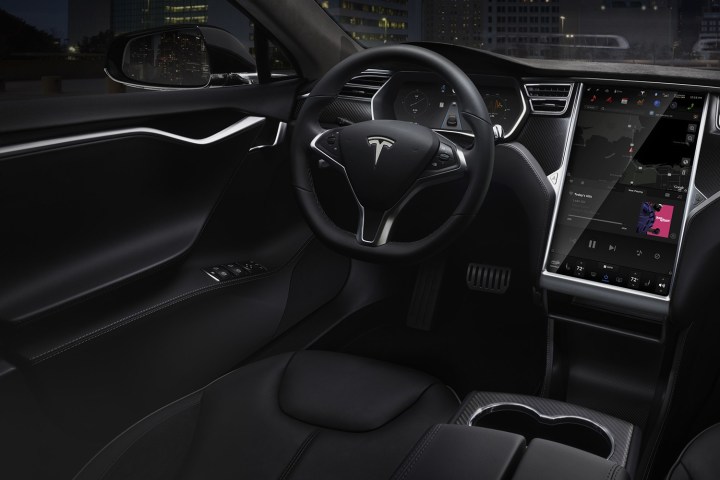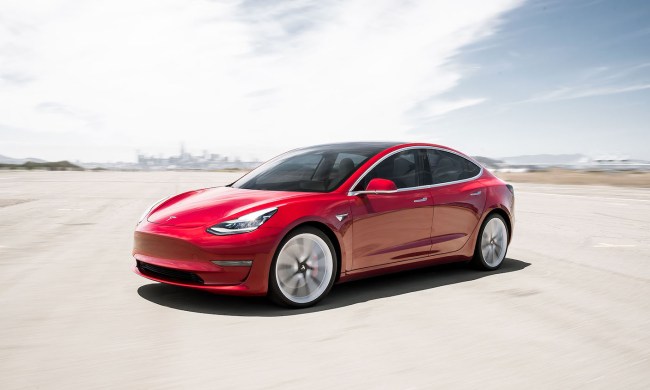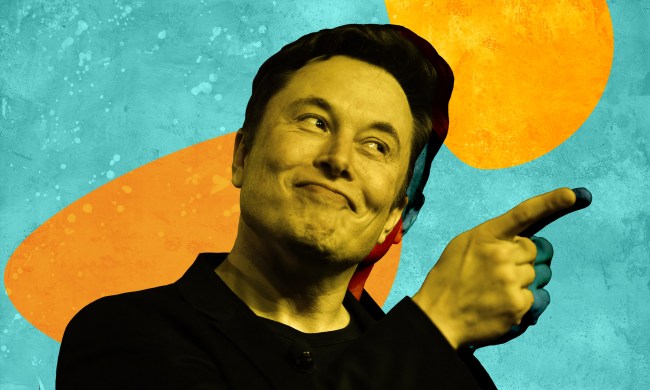
Tesla CEO Elon Musk now says the software to match the upgraded hardware will begin rolling out next month, about two months after the launch of Hardware 2. The new hardware suite includes more sensors than the previous Hardware 1 version, but Tesla temporarily disabled many features that were previously available, including autonomous emergency braking and adaptive cruise control.
The software update to reactivate these features will launch in “about three weeks,” Musk said in response to a customer question on Twitter. “It will get rolled out incrementally in monthly releases,” the Tesla CEO said. As with past software additions, Tesla will presumably use over-the-air updates to disseminate the new software, known as Autopilot 8.1.
The update is expected to restore functions available in previous versions of Autopilot, and Musk believes the Hardware 2 suite will allow Tesla to add more features later on. With eight cameras, 12 ultrasonic sensors, and a forward-facing radar unit, it’s more comprehensive than Hardware 1, which included one camera, a smaller number of ultrasonic sensors, and forward-facing radar.
At the time of the Hardware 2 launch, Musk said the upgraded array of sensors would lay the foundation for fully autonomous cars, and set the goal of having a Tesla drive itself from Los Angeles to New York City as soon as next year. However, Hardware 2 does not include the lidar sensors most other automakers view as crucial for fully autonomous driving. Musk has said that lidar, which is similar to radar but uses light instead of radio waves, isn’t necessary.
Musk remains committed to self-driving cars even as Tesla faces continued criticism in the wake of a fatal May crash involving a Model S running Autopilot. In his updated “master plan” for the company, Musk said Tesla will continue to pursue self-driving cars using Autopilot as a building block, and will even allow owners to rent out their autonomous Teslas as part of a ridesharing service.


